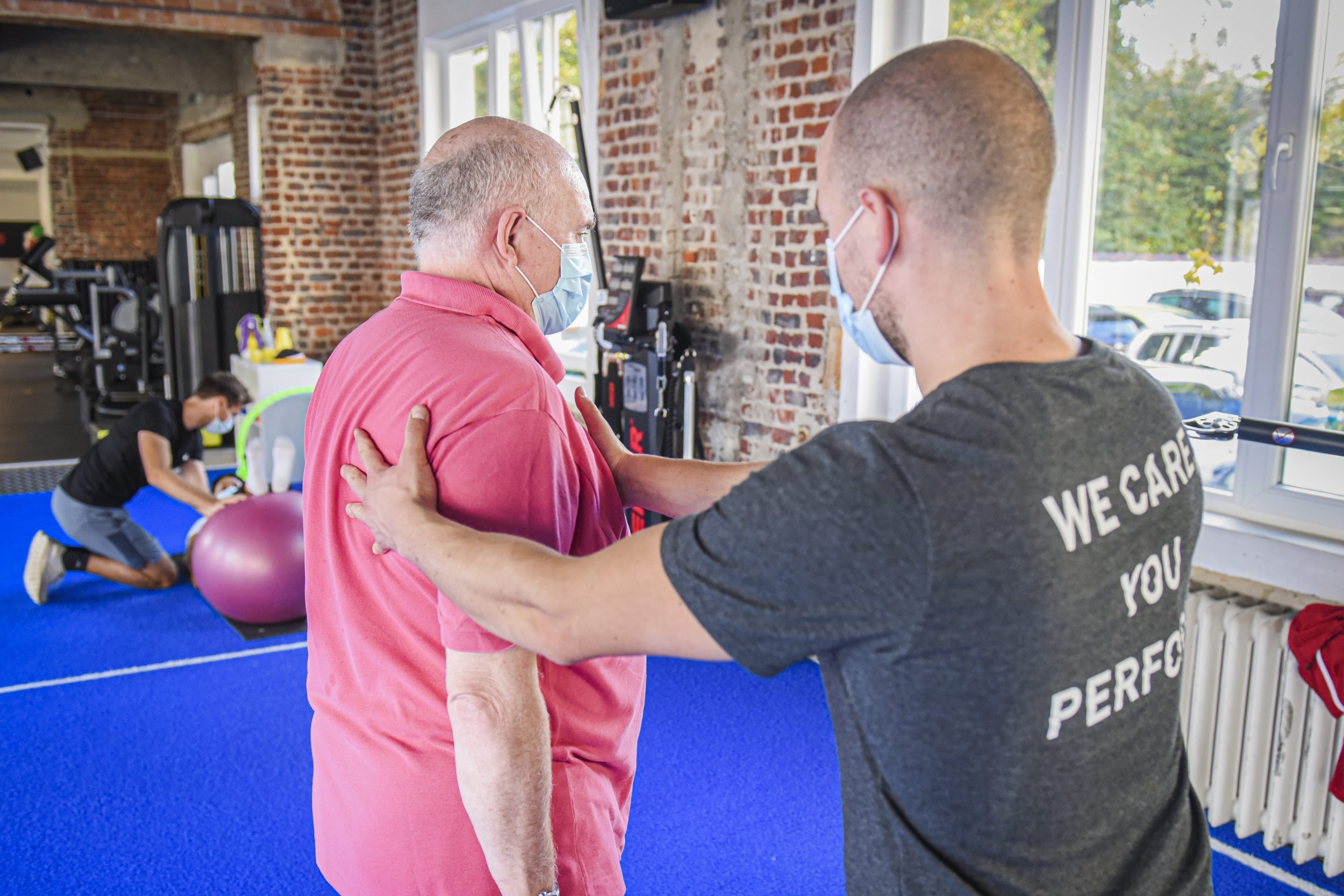Healthy Life
The perfect posture does not exist! The secret is movement
by Uperform

"Stand up straight" said the primary schoolteacher to the schoolchildren of yesteryear, under the threat of a slap on the fingers.
“You’re going to have serious back problems sitting like that,” some health professionals still say (unfortunately) to their attentive patients.
“I don’t sit up straight when I sit and that’s a big part of my problem,” my patient told me during his first session, a little ashamed of himself but happy to confess.
“Straighten your back, otherwise you will have osteoarthritis” corrects my elderly father during family gatherings. “Yet you should know it, you who are a physiotherapist”… Aah Dad, if you only knew…
The myth of the upright sitting posture is one of the most entrenched and accepted beliefs in our societies. Not yet based on any scientific basis, it has nevertheless survived the ages and we make it gospel. If the aesthetic arguments are admissible, there is nothing in terms of prevention and health.
But then, where is the Holy Grail? What is the perfect posture?
Our understanding of the human body has long remained biomechanical. By wanting to compare the human body to a common machine, we have developed mechanical theories on static positions that are not representative of the capacities, possibilities and limits of our body.
Far from being a machine, the human body is a real ecosystem that adapts to constraints and constantly self-regulates. It should also be understood that each body is different, as well as each person is different. And it’s very good like that! We must not want to correct at all costs the variations of postures (wrongly called “defects”) at the risk sometimes of
reveal a problem.
Just as it is illusory to want to force left-handed people to write with their right hand, it is not necessary to force people who felt comfortable in a slouched position to permanently adopt an upright position each time they sit down. . This could just be the start of some pain.
The problem with the aforementioned beliefs/myths is the negative influence they can have on individuals. We know well how much the psychological aspect can have an influence on the physical. We know how much expectations can influence physiological functions, and especially the pain system! There’s a reason there’s so much research being done on the placebo/nocebo effect these days. Continually tricking people into thinking that sitting hunched over will cause them pain can actually increase their sensitivity!
So what to do when a posture hurts us?
Avoid catastrophizing, authoritarian speeches or passive treatment strategies. The best thing to do is move, explore and enjoy
movement. Change position regularly so as not to always work the same parts of the skeleton or the same muscles. No posture is out of reach if you desensitize enough with a positive mindset and progressive movements.
However there are exceptions. Some people sometimes unwittingly adopt positions that are deleterious to her IN A CERTAIN CONTEXT. No position being
fundamentally bad, we must above all be attentive to the context. Biomechanics/posture is important in 2 cases:
1) Activities with high physical demand
There are movement strategies, ways of positioning oneself that are naturally more advantageous than others for achieving certain efforts. When lifting a very heavy load (the notion of “heavy” being relative and different for each of us), there are ways to position yourself more optimally than others. Positions that allow us to use the full capabilities of our muscles more effectively. When jumping from a height
important (the notion of “height” being relative and different for each of us), there are more optimal ways of landing than others. Positions that allow us to dissipate energy between our joints and tendons more efficiently.
2) Habits
Imagine that I have lower back pain when it is flexed. Let’s also imagine that I have the annoying tendency to constantly have my back slightly bent with each activity that I do. So I involuntarily continue to force my pain until it becomes persistent. This is called a movement pattern – here a dysfunctional pattern because it is part of the source of my problem. Having your lower back flexed is not a problem, just like sitting slouched is not. But if the same posture is kept all the time, irritations may appear and the body needs to be given a little break from time to time. Breaking out of these habits and exploring the possibilities of movement rather than constantly stagnating in the same position is the best thing to do.
At Uperform, we are happy to empower people to better understand their problem and the solution to most postural problems is an integral part of our
pillars: THE MOVEMENT!
We care, u perform.
Bibliographie :
– Lederman E. The fall of the postural-structural-biomechanical model in manual and physical therapies: exemplified by lower back pain. J Bodyw Mov Ther. 2011 Apr;15(2):131-8.
– « Perfect Posture Doesn’t Exist » – Greg Lehman.
– https://www.youtube.com/watch?v=cnLxcEMdjVk& ab_channel=FXNLMedia